Why is the dead body placed on a
pyre so that the feet are towards the north?
North is the direction of Deity Som’s abode, that is, it is the abode of Shiv in Principle form. Hence, the distressing vibrations emitting from the region below the waist are disintegrated to a maximum extent instantly. This facilitates the union of the jiva (Embodied soul) with Shiv (God Principle). The dead body gets protected with the help of the fire reinforced with the power of mantras, from the attacks of negative energies. The Tej-tattva (Absolute Fire Principle) in the fire forms a protective sheath around the dead body. To facilitate giving the custody of the deceased to Deities, the dead body is placed on the pyre with its feet facing the north. During the Agnisanskar (Ritual of offering the dead body to the fire), the deceased is supposed to be offered to the Agnidevata (Deity of Fire). The Deities of worship always arrive from the north direction. The feet of jiva is symbolic of walking a path. The dead body is placed on the pyre with its feet facing the north so as to facilitate it’s going into the custody of the Deities.
What is the science underlying consigning the dead body to the flames?
Fire is related to Tej-tattva. Chanting of the mantras generates sound energy (Sound is related to Akashtattva [Absolute Ether Principle]), on the strength of which waves emitting from the fire gain greater momentum. The combined waves that are generated as a result of the union of Tej-tattva with Akashtattva creates a subtle impenetrable sheath around the dead body. This sheath helps protect the linga-deha (now wandering in the atmosphere) from negative energies. Combined waves (as explained above) generate subtle heat due to which the linga-deha is able to break the barrier of the atmospheric sheath of the earth region and move into other regions in a very short time.
After cremation of the
body on the funeral pyre, why should
the performer of the rites circumambulate the
pyre thrice holding a pitcher containing water on the
shoulder and letting water flow from it while circumambulating?
Holding the pitcher on the shoulder symbolizes shouldering the responsibility of repaying the debts of the deceased. Liberation from the three major desires is as follows – liberation from the desire of will is liberation from the bondage arising out of a promise given to someone. Liberation from the desire of action is liberation from unfulfilled duties, and liberation from the desire of knowledge means liberation from the subtle desire of the fruit arising out of the fulfillment of a duty. This act of letting water flow out thrice represents the elimination of all desires of the linga-deha and is an attempt to prevent it from getting trapped in these bondages again.
What is the Importance of breaking the pitcher?
After lighting the funeral pyre, the maximum amount of impure gases is emitted by the dead body and they get disintegrated in the fire itself. The subtle Shakti of Tej (that is generated from chanting the mantras) activates the fire in the pyre and compels it to disintegrate the subtle impure gases in the body. As the pitcher symbolizes the dead body, the sound of its breaking helps in ending the account related to death rites between the dead body and the person who is performing his last rites.

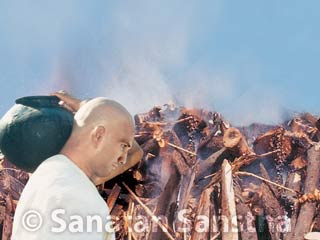
 Remember this while performing the rites of cremation during calamitous times!
Remember this while performing the rites of cremation during calamitous times! Performing ‘Palashvidhi’ as recommended by scriptures, if the final rites cannot be performed on the...
Performing ‘Palashvidhi’ as recommended by scriptures, if the final rites cannot be performed on the...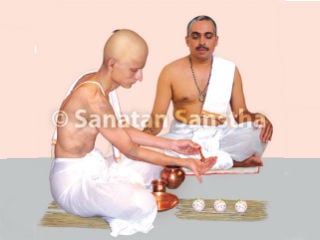 Rituals to be performed on the same day after cremation
Rituals to be performed on the same day after cremation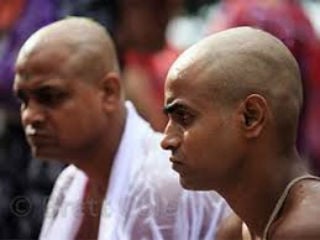 Rituals to be performed at home after death
Rituals to be performed at home after death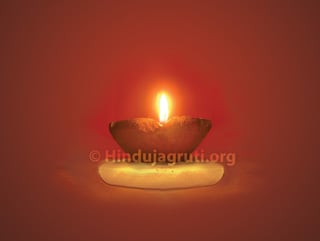 Initial rites to be performed at home after death
Initial rites to be performed at home after death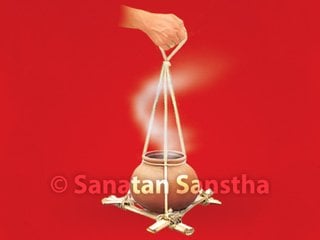 Preparation for the cremation and the funeral process
Preparation for the cremation and the funeral process